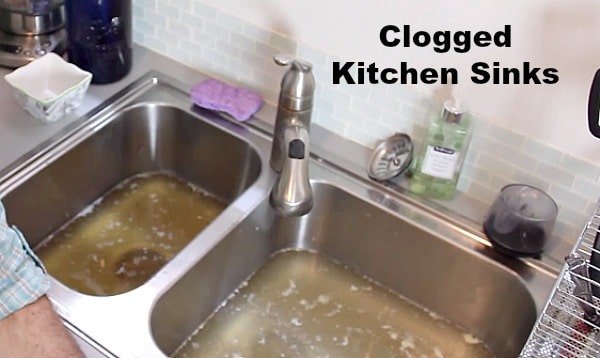If you've ever looked under your kitchen sink, you may have noticed a curved pipe that looks like the letter "P." This is called a P-trap and it plays a crucial role in keeping your kitchen plumbing functioning properly. The P-trap is designed to prevent sewer gases from entering your home and to catch debris that could potentially clog your pipes. Without a P-trap, your kitchen sink would be a smelly and messy disaster. In this article, we will discuss everything you need to know about P-traps and how to choose the right one for your kitchen sink.What is a P-Trap and Why is it Important?
Installing a P-trap under your kitchen sink may seem like a daunting task, but with the right tools and a little bit of know-how, it can be done in no time. The first step is to turn off the water supply and remove the old P-trap by unscrewing the connections. Then, measure and cut the new P-trap to fit your sink's configuration. Next, attach the P-trap to the sink drain and the wall drain, making sure all connections are tight. Finally, turn the water supply back on and check for any leaks. If everything looks good, you're all set!How to Install a P-Trap under a Kitchen Sink
Like any other plumbing component, P-traps can experience issues over time. One of the most common problems is a clog, which can be caused by a buildup of grease, food particles, or other debris. To fix this, you can try using a plunger or a drain snake to clear the blockage. Another common issue is a leak, which can be caused by loose connections or a cracked P-trap. To fix this, you may need to tighten the connections or replace the P-trap entirely.Common Problems with P-Traps and How to Fix Them
Regularly cleaning your P-trap is important to prevent clogs and keep your kitchen smelling fresh. To clean your P-trap, first, place a bucket under the drain to catch any water or debris. Then, unscrew the connections and remove the P-trap. Use a wire brush and hot water to scrub away any buildup inside the trap. Once it's clean, reattach the P-trap and run hot water through it to flush out any remaining debris.How to Clean a P-Trap under a Kitchen Sink
You may have heard of an S-trap, which is another type of drain trap commonly used in plumbing. The main difference between a P-trap and an S-trap is the shape of the curve. A P-trap has a horizontal curve, while an S-trap has a vertical curve. P-traps are more commonly used in modern plumbing systems because they are less likely to dry out and allow sewer gases to enter your home. If you have an S-trap under your kitchen sink, it's recommended to replace it with a P-trap.P-Trap vs S-Trap: What's the Difference?
If your P-trap is damaged or not functioning properly, it may need to be replaced. To do this, follow the same steps as installing a new P-trap. However, if you're not comfortable doing it yourself, it's best to call a professional plumber. They will have the necessary tools and expertise to replace the P-trap quickly and effectively.How to Replace a P-Trap under a Kitchen Sink
Installing a P-trap can seem intimidating, but with the right tools and instructions, it's a simple process. Here is a step-by-step guide to help you install a P-trap under your kitchen sink:P-Trap Installation: Step-by-Step Guide
If you notice that your kitchen sink is draining slowly or there is a foul odor coming from the drain, it's likely that your P-trap is clogged. To unclog a P-trap, you can try using a plunger or a drain snake to break up the blockage. If that doesn't work, you may need to remove the P-trap and clean it out manually. If the clog persists, it's best to call a professional plumber to take a closer look.How to Unclog a P-Trap under a Kitchen Sink
A leaking P-trap is not only a nuisance, but it can also lead to water damage and mold growth. There are a few common causes of a leaking P-trap, including loose connections, cracks in the trap, or a damaged seal. To fix this, first, check all connections and tighten them if necessary. If the connections are secure and the trap is still leaking, it may need to be replaced. It's best to call a plumber to properly diagnose and fix the issue.P-Trap Leaking: Causes and Solutions
When it comes to choosing the right P-trap for your kitchen sink, there are a few factors to consider. First, make sure to measure the distance between your sink drain and the wall drain to ensure you get the correct length P-trap. Next, consider the material of the P-trap. PVC is the most common and affordable option, but brass and stainless steel are also available for a more durable option. Lastly, make sure to choose a P-trap with a removable trap for easy cleaning and maintenance. In conclusion, the P-trap may seem like a simple component of your kitchen plumbing, but it plays a crucial role in keeping your home clean and safe. Proper installation, maintenance, and knowing how to troubleshoot common problems can save you from costly repairs in the future. If you're ever unsure about your P-trap or encounter any issues, don't hesitate to call a professional plumber for assistance.How to Choose the Right P-Trap for Your Kitchen Sink
The Importance of a P-Trap Under a Kitchen Sink

What is a P-Trap?
 The P-trap is an essential component of a kitchen sink's drainage system. It is a curved pipe that connects the sink drain to the main drain pipe and forms a water seal to prevent sewer gases from entering the house. The P-trap's shape resembles the letter "P," hence its name. It is typically made of PVC, ABS, or metal and is an integral part of modern plumbing systems.
The P-trap is an essential component of a kitchen sink's drainage system. It is a curved pipe that connects the sink drain to the main drain pipe and forms a water seal to prevent sewer gases from entering the house. The P-trap's shape resembles the letter "P," hence its name. It is typically made of PVC, ABS, or metal and is an integral part of modern plumbing systems.
Why is it Necessary?
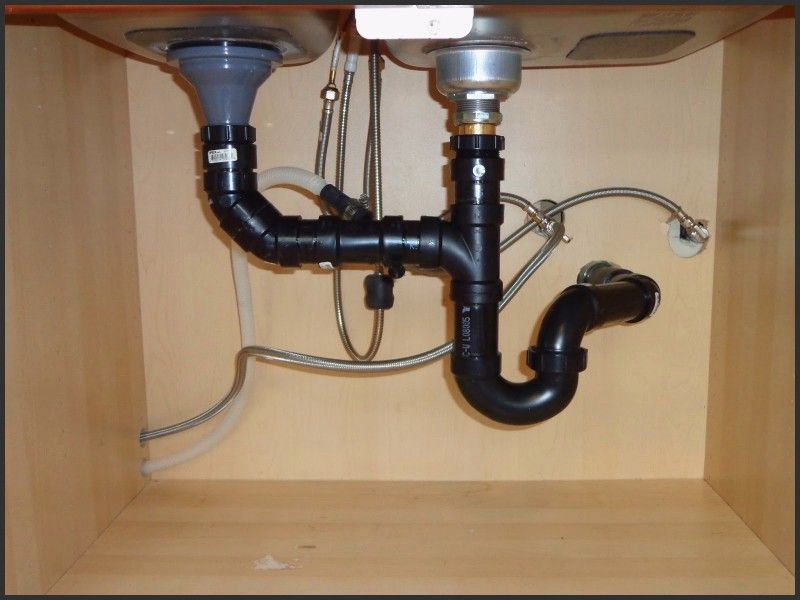 The P-trap serves several crucial purposes in a kitchen sink. The first and most obvious function is to prevent foul odors from seeping into your home. The water seal created by the P-trap blocks the sewer gases from escaping into your kitchen and causing unpleasant smells. This feature not only keeps your kitchen smelling fresh but also helps maintain a healthy indoor environment.
Another crucial function of the P-trap is to prevent clogs and blockages in the drain. The curved shape of the P-trap collects debris and prevents it from entering the main drain pipe. This debris can include food particles, grease, and other solids that may cause clogs. Without the P-trap, these materials could easily accumulate in the main drain and cause blockages, resulting in costly plumbing repairs.
The P-trap serves several crucial purposes in a kitchen sink. The first and most obvious function is to prevent foul odors from seeping into your home. The water seal created by the P-trap blocks the sewer gases from escaping into your kitchen and causing unpleasant smells. This feature not only keeps your kitchen smelling fresh but also helps maintain a healthy indoor environment.
Another crucial function of the P-trap is to prevent clogs and blockages in the drain. The curved shape of the P-trap collects debris and prevents it from entering the main drain pipe. This debris can include food particles, grease, and other solids that may cause clogs. Without the P-trap, these materials could easily accumulate in the main drain and cause blockages, resulting in costly plumbing repairs.
The Importance of Proper Installation
 Proper installation of the P-trap is vital to ensure its effectiveness. The trap should be installed at the appropriate height and angle to create a proper seal and allow for proper drainage. If the P-trap is installed too high or at the wrong angle, it may not create a sufficient water seal, allowing sewer gases to enter your home. On the other hand, if it is installed too low, it may not be able to collect debris effectively, resulting in clogs.
Furthermore, the P-trap should be regularly checked and maintained to ensure it remains functional. Over time, debris and sediment can accumulate in the trap, reducing its effectiveness. Regular cleaning and maintenance can prevent clogs and keep your P-trap working correctly.
In conclusion, the P-trap is a crucial component of a kitchen sink's drainage system. Its role in preventing foul odors and clogs cannot be understated. Therefore, it is essential to ensure proper installation and maintenance of the P-trap to keep your kitchen smelling fresh and prevent costly plumbing issues.
Proper installation of the P-trap is vital to ensure its effectiveness. The trap should be installed at the appropriate height and angle to create a proper seal and allow for proper drainage. If the P-trap is installed too high or at the wrong angle, it may not create a sufficient water seal, allowing sewer gases to enter your home. On the other hand, if it is installed too low, it may not be able to collect debris effectively, resulting in clogs.
Furthermore, the P-trap should be regularly checked and maintained to ensure it remains functional. Over time, debris and sediment can accumulate in the trap, reducing its effectiveness. Regular cleaning and maintenance can prevent clogs and keep your P-trap working correctly.
In conclusion, the P-trap is a crucial component of a kitchen sink's drainage system. Its role in preventing foul odors and clogs cannot be understated. Therefore, it is essential to ensure proper installation and maintenance of the P-trap to keep your kitchen smelling fresh and prevent costly plumbing issues.




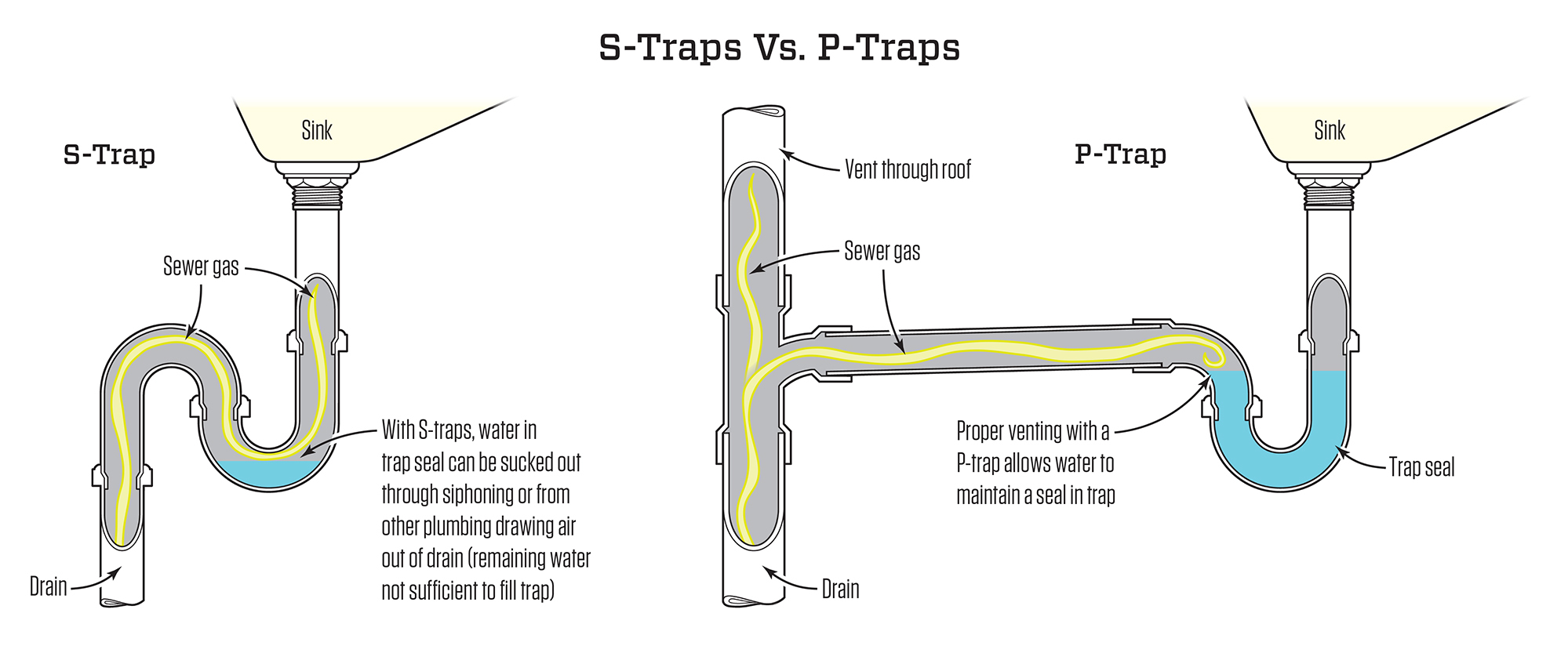













:max_bytes(150000):strip_icc()/replacing-a-sink-p-trap-2718773-hero-f3f65fbc400e41438c4d8280de025fc6.jpg)




























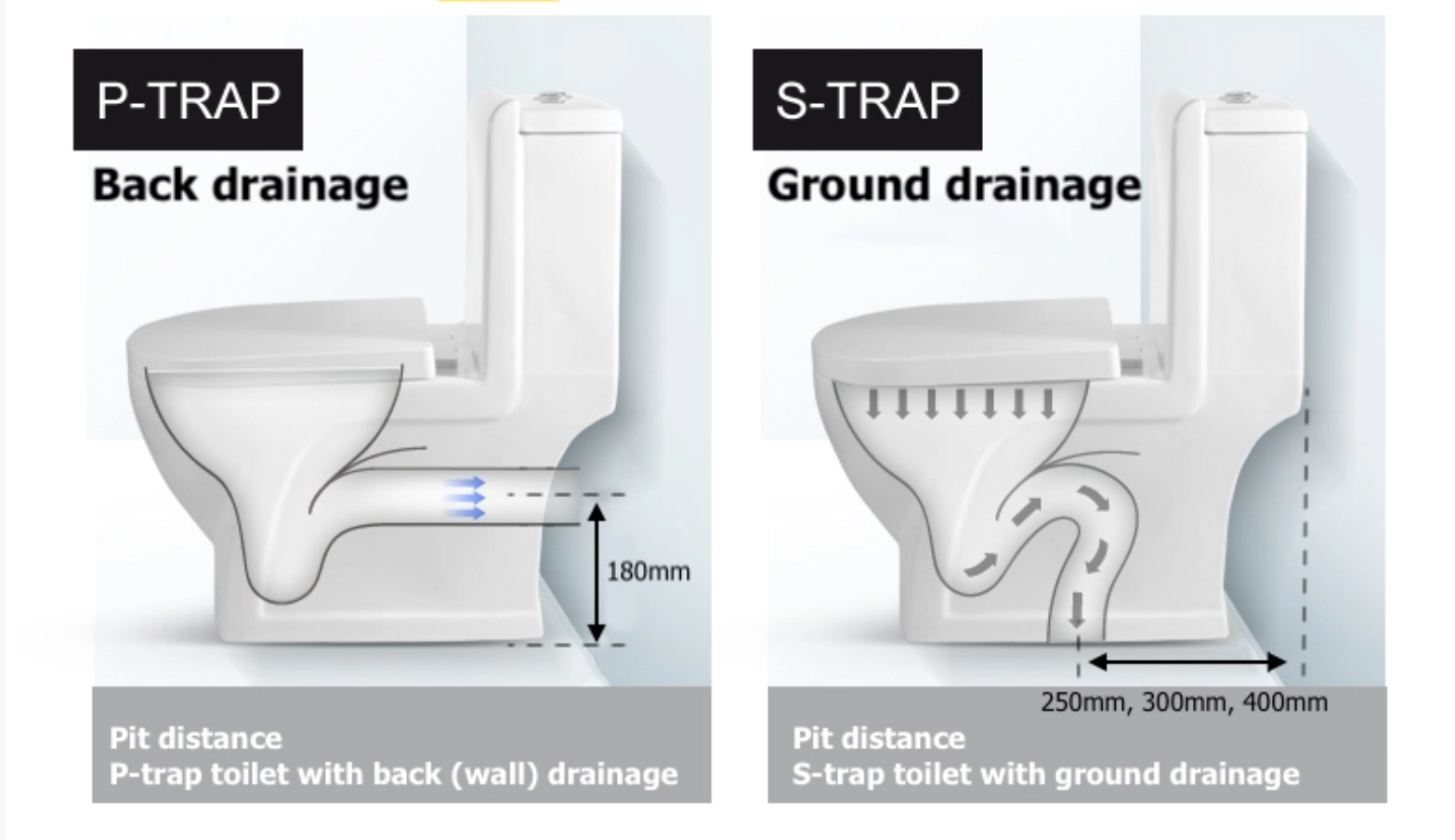



:max_bytes(150000):strip_icc()/sink-drain-trap-185105402-5797c5f13df78ceb869154b5.jpg)







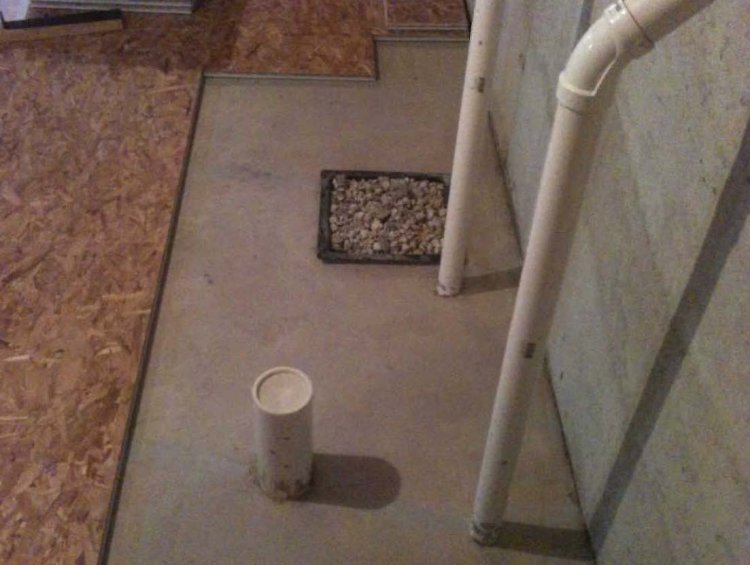





:max_bytes(150000):strip_icc()/how-to-unclog-a-kitchen-sink-2718799_sketch_FINAL-8c5caa805a69493ab22dfb537c72a1b7.png)





